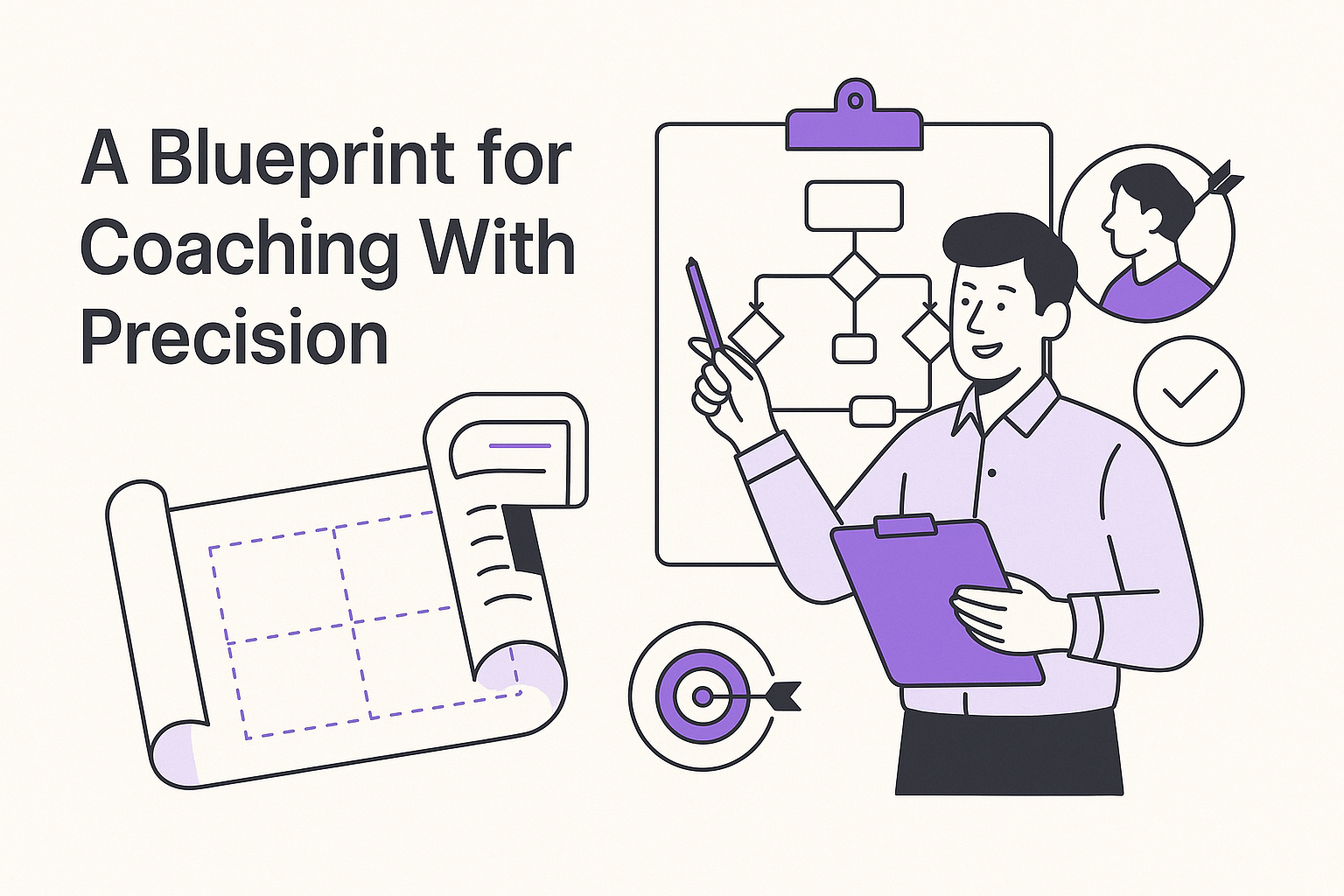How to Analyze Client Journey
-
Hello Insight
- 10 min read
Client journey analysis begins with a deep understanding of the customer’s experience from the moment they first interact with a brand. This approach highlights the crucial stages customers undergo, such as research, engagement, and decision-making. Recognizing these phases allows businesses to identify pain points and opportunities for improvement.
By pinpointing these journey touchpoints, organizations can create a roadmap that enhances client interactions. The ultimate goal of client journey analysis is to turn insights into actionable strategies that not only meet customer needs but also foster loyalty and satisfaction. This systematic review helps organizations effectively respond to client expectations while staying competitive in the market.
Generate visualizations from your qualitative data. At Scale.

Understanding the Basics of Client Journey Analysis
Client Journey Analysis serves as the foundation for understanding how clients interact with services or products throughout their experience. By examining each step clients take, businesses can identify pain points and opportunities for improvement. This analysis involves monitoring key touchpoints, from initial contact to post-sale engagement, ensuring a holistic view of the client experience.
During this analysis, organizations must gather data from various sources, including client feedback, interaction logs, and surveys. This information provides valuable insights into client perceptions and satisfaction levels. Furthermore, understanding the emotional journey of clients allows businesses to tailor their strategies effectively. By addressing both functional and emotional needs, companies can enhance overall client satisfaction and loyalty. As a result, Client Journey Analysis not only improves service delivery but also fosters a more meaningful relationship between clients and businesses.
Understanding the Basics of Client Journey Analysis
Client Journey Analysis is a vital process for understanding how clients interact with your business. It involves mapping out the series of steps clients take, from initial awareness to final engagement. By examining this journey, businesses can identify friction points and enhance the overall customer experience.
To effectively conduct Client Journey Analysis, it’s essential to identify key touchpoints that represent moments of interaction. These may include website visits, social media engagements, or even direct communications. Collecting data from these interactions helps develop a clearer picture of client behavior. This data reveals insights that can guide strategies for improvement, helping to tailor services to meet client needs more effectively. Understanding each phase of the client journey ensures that businesses can address pain points and improve retention, ultimately fostering long-term relationships with clients.
What is Client Journey Analysis?
Client Journey Analysis is a detailed examination of how clients interact with a service or product throughout their experience. This process involves tracking each stage of a client’s journey—from initial awareness to post-purchase evaluation. Understanding these interactions helps identify key touchpoints where improvements can enhance client satisfaction and loyalty.
At the core of Client Journey Analysis is the goal to visualize the overall client experience. By mapping out the different stages, businesses can uncover pain points and friction areas that clients encounter. This analysis not only clarifies the client’s needs and expectations but also aids in developing strategies that cater to those needs. Addressing these insights can lead to more informed decisions and ultimately, a better overall experience for clients.
The Importance of Mapping the Client Journey
Mapping the client journey is vital for understanding how clients interact with a business. It allows organizations to visualize the complete experience, from the initial awareness of a product to the final decision-making process. By clearly outlining these stages, businesses can identify the key touchpoints where clients engage or may face difficulties. Understanding these interactions creates opportunities to enhance the experience and eliminate pain points, ultimately leading to greater satisfaction.
Conducting a thorough client journey analysis provides invaluable insights into client behavior and preferences. It not only highlights the challenges that clients encounter but also uncovers their needs and expectations. By addressing these elements, businesses can tailor their strategies to improve engagement and build lasting relationships. In essence, mapping the client journey serves as a roadmap for fostering client loyalty and driving sustainable growth.
Evaluate Performance on Customer Calls for Quality Assurance.
Steps to Conduct Effective Client Journey Analysis
To conduct effective Client Journey Analysis, start by identifying crucial touchpoints in the customer's experience. These touchpoints represent various interactions customers have with your brand, from their initial research to their final purchasing decisions. Capturing these moments helps you see where improvements can be made and highlights areas that may require further attention.
Next, gather data and insights related to these interactions. Utilize customer feedback, surveys, and analytics tools to paint a clear picture of your clients' experiences. Analyzing this data can uncover pain points and expectations, giving you valuable context for enhancing the overall journey. Combining the insights from touchpoints with qualitative and quantitative data allows you to create a comprehensive Client Journey Analysis that drives meaningful changes to your processes. Ultimately, the goal is to craft an experience that meets client needs, leading to greater satisfaction and loyalty.
Step 1: Identifying Touchpoints
To effectively analyze the client journey, the first step is to identify key touchpoints. Touchpoints are the various interactions and engagements a client has with your organization. These moments can occur through multiple channels, including social media, email, phone calls, or in-person meetings. By recognizing these interactions, you can better understand the client's overall experience and how it influences their perceptions of your brand.
Once you've outlined these touchpoints, prioritize them based on their significance and impact on the client journey. Some touchpoints may play a crucial role in shaping the client’s feelings and decisions. For instance, a positive interaction on customer support can lead to higher satisfaction levels, while a negative experience during onboarding might hinder a client's journey. Tracking and analyzing these key moments allows for a thorough Client Journey Analysis, ensuring that future improvements are targeted where they matter most.
Step 2: Collecting Data and Insights
Collecting data and insights is crucial for effective client journey analysis. This step allows you to gather quantitative and qualitative data to understand customer behavior across different touchpoints. Begin by compiling relevant information from various sources, including customer surveys, feedback forms, and interaction transcripts. Analyze this data to pinpoint key trends, challenges, and opportunities that clients experience during their journey.
In-depth analysis helps reveal underlying themes and patterns in customer responses. For example, you might find that a significant percentage of clients consistently mention specific pain points or desires during their interactions. By organizing this information systematically, you can develop a clearer understanding of where enhancements are needed. Utilize visual tools and dashboards to illustrate these insights, making it easier to communicate findings with stakeholders and inform strategic decisions. This comprehensive approach lays the groundwork for an effective client journey analysis, enhancing the overall customer experience.
Conclusion: Putting Client Journey Analysis into Practice
To effectively implement Client Journey Analysis, businesses must first understand its practical applications. This analysis transforms insights into actionable strategies that enhance customer experiences. By identifying key touchpoints throughout the journey, organizations can tailor their services to meet client needs, ultimately fostering stronger relationships and loyalty.
Moreover, integrating data-driven insights allows teams to pinpoint friction areas, ensuring that potential issues are addressed promptly. By regularly analyzing the client journey, companies can adapt their strategies to evolving customer expectations, leading to sustained growth and improved satisfaction. Embracing this practice not only optimizes experiences but also drives long-term success.






